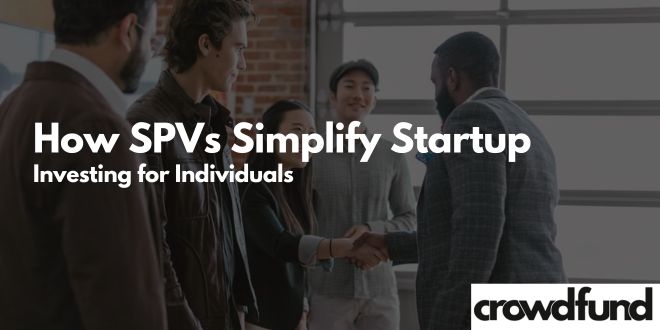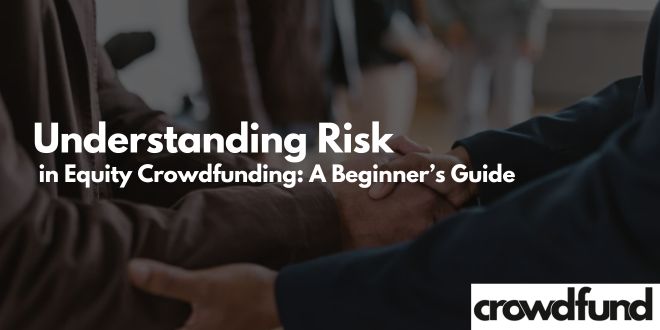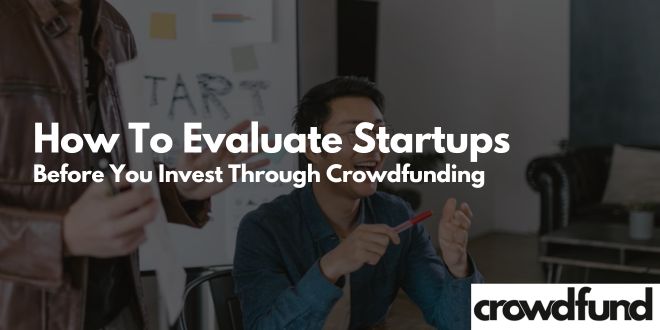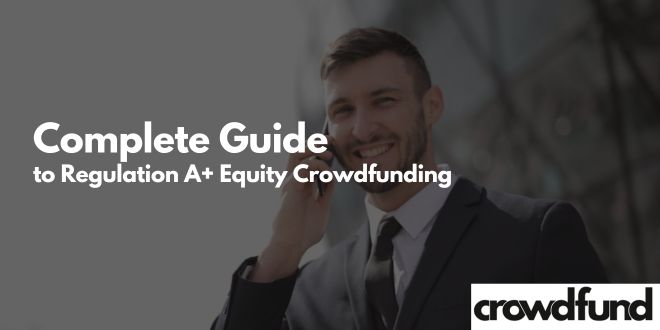Equity Crowdfunding has moved from niche experiment to mainstream funding channel in less than a decade, giving founders and everyday investors a new way to meet. Instead of courting a handful of deep-pocketed angels or venture capitalists, a startup can raise capital online from hundreds—sometimes thousands—of backers, each receiving a small ownership stake.
The idea sounds almost too good: more money, more fans, and less gatekeeping. Yet, like any funding route, it comes with trade-offs. Below, we unpack the key pros and cons so you can decide whether Equity Crowdfunding is a launchpad or a landmine for your own venture.
The Upside: Why Founders Gravitate Toward Equity Crowdfunding
Democratized Access to Capital
Traditional fundraising often hinges on warm introductions and geography. Equity Crowdfunding platforms flatten that terrain by putting your pitch in front of a global audience. A compelling campaign page can woo investors you have never met—people who simply believe in your mission and want a small slice of potential upside.
Built-In Brand Advocates
When someone wires money into your round, even if it’s only $500, they suddenly have skin in the game. That turns backers into micro-ambassadors who tweet about your launch, leave glowing product reviews, and nudge friends to join. For consumer-facing startups, this early swarm of evangelists can trigger a valuable network effect.
Speed and Simplicity
Raising from traditional VCs can drag on for six to nine months of meetings, term-sheet haggling, and due diligence. Equity Crowdfunding usually moves faster. Standardized legal docs reduce negotiation cycles, and most platforms streamline KYC checks in weeks, not quarters. If you have a time-sensitive roadmap—say, a new product that needs tooling—speed alone can justify the route.
Validation Without Dilution Drama
Yes, Equity Crowdfunding is dilutive, but the slice any single investor takes is tiny. More important, a fully subscribed campaign offers public proof that your value proposition resonates. Later-stage VCs love seeing traction, so a successful raise can improve your leverage in future rounds.
Marketing Halo Effect
Crowdfunding pages double as multimedia billboards. Videos, founder bios, and progress bars create social proof people can share. Even those who never click “Invest” may end up buying your product or partnering down the road. The campaign itself becomes a PR moment, often attracting press that early-stage startups struggle to earn.
The Downside: Pitfalls That Can Blindside Founders
Complex Cap Table Management
Every new shareholder, no matter how small, goes onto the cap table. While platforms bundle most backers into a special-purpose vehicle (SPV) to minimize clutter, certain jurisdictions still require listing individual names. Hundreds of micro-investors can complicate future equity rounds and trigger extra legal costs.
Heightened Compliance and Disclosure
To protect retail investors, regulators impose strict filing requirements—financial statements, risk disclosures, annual reports, and sometimes even audited accounts. Skimping on these chores can lead to penalties or forced buybacks. If your team lacks financial rigor, compliance overhead may outweigh the cash you raise.
Public Failure Risk
A campaign that fizzles at 23 percent funding is a very visible flop—one that prospective customers, employees, and institutional investors can Google forever. Traditional term-sheet negotiations happen behind closed doors; Equity Crowdfunding puts your scoreboard on display in real time. If you are unsure your story will spark enough momentum, the transparency may sting.
Time-Consuming Marketing Lift
“Build it and they will come” is a myth. Successful campaigns require near-daily updates, webinars, AMAs, and social-media pushes. Founders often hire videographers, community managers, or PR help, spending serious time and cash that could have gone into product development. Without a clear marketing plan, you risk burnout before the finish line.
Future Investor Reluctance
Some venture funds actively avoid startups with large retail bases, worrying about messy governance or slowed exit paths. While attitudes are shifting, biases remain. If your dream is a blue-chip Series A from a top-tier VC, poll your target funds in advance to gauge how they view Equity Crowdfunding on the cap table.
Weighing the Trade-Offs
Balancing the allure and drawbacks of Equity Crowdfunding boils down to a handful of practical questions:
- Urgency of capital: Do you need cash within weeks or can you court VCs over months?
- Audience fit: Will a legion of small investors amplify your message, or does your B2B model favor quiet boardroom deals?
- Compliance capacity: Can your team generate polished financial statements and maintain yearly reports without straining resources?
- Signaling risk: Is the upside of public validation worth the possibility of public rejection?
If your honest answers skew positive—and you can commit to a marketing sprint—Equity Crowdfunding may be a springboard. If not, you might lean toward angels or revenue-based financing until you’re ready.
Practical Tips for a Smooth Campaign
- Craft a narrative: Investors back stories over spreadsheets. Showcase the human problem you solve.
- Set a realistic minimum: A modest target you can surpass quickly builds momentum and taps into “fear of missing out.”
- Engage early believers: Warm your existing user base before launching; early commitments signal confidence to newcomers.
- Budget for professional media: High-quality video and graphics lift conversion rates and reflect well on your brand.
- Line up post-raise communication: Quarterly updates keep shareholders informed and reduce inbound inquiries.
Conclusion
Equity Crowdfunding is neither savior nor scam; it’s a financial instrument. Used wisely, it unlocks capital, community, and marketing leverage in one swing. Misapplied, it drains time, exposes weaknesses, and hampers future rounds.
Treat the process with the same rigor you’d apply to building your product: research the regulations, forecast the workload, and set clear goals. When those boxes are ticked, opening the ownership door to a crowd might be the catalyst that propels your startup from idea to institution—one passionate shareholder at a time.








.png)